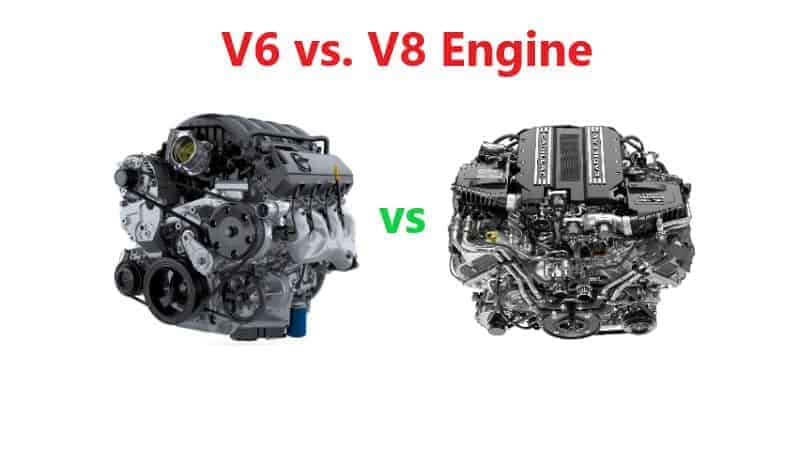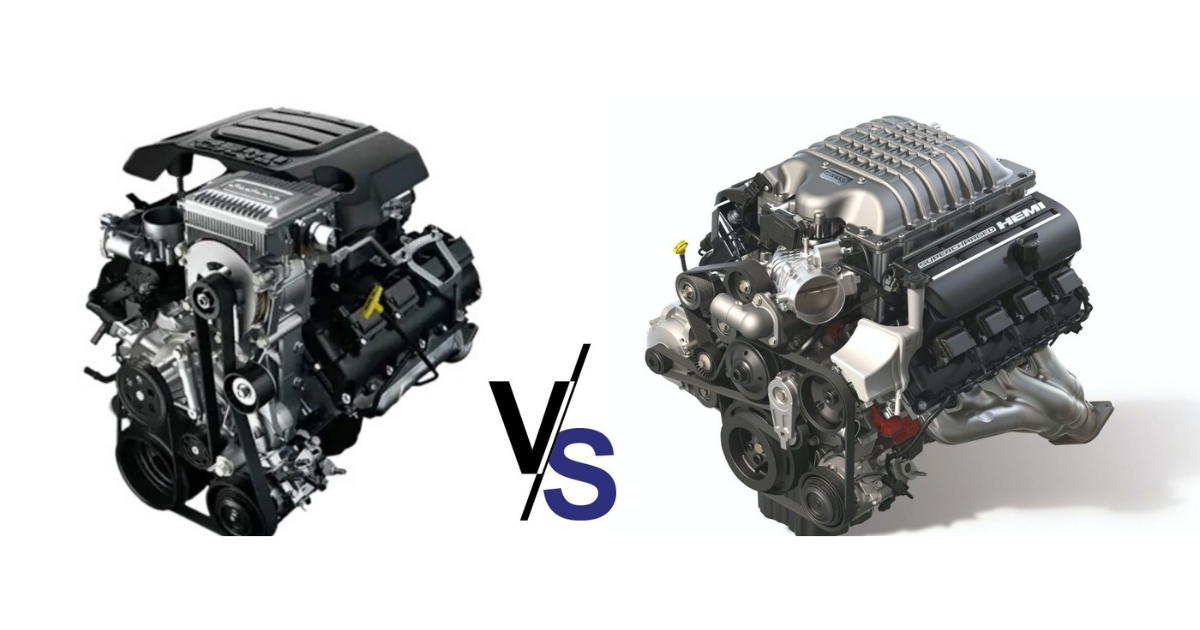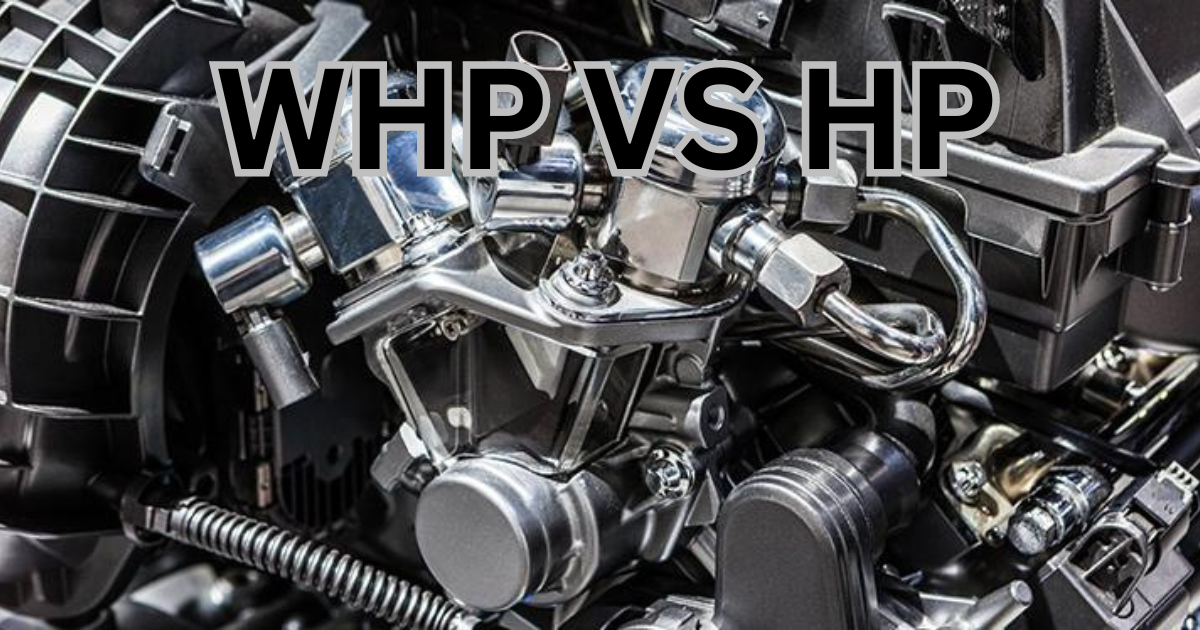As you go, you will encounter many sorts of engines. There are a plethora of engine configurations, including inline and V, among many others. The second point will be the primary emphasis of this article. Here we present the V6 vs. V8 debate in the same spirit.
V6 Engine
Before delving further into the topic at hand, let’s examine the V6 engine. Each bar contains six cylinders, as the name suggests. Among 6-cylinder motor configurations, the V6 is among the most common.
Design
The V6 engine appears to be a hybrid of two inline-three designs, with three cylinders in each bank. The V-shaped bank angles vary in degree from one vehicle model to another.
As an example, the angle between the banks of a Volkswagen V6 engine is 10-15 degrees. These are the VR6 motors that were used by the Passat and the Golf. Varieties with 60, 90, and 120 degrees are also available. A 90-degree tilt is typical for American V6s.
One drawback of this motor is that vibrations are caused by the odd number of cylinders on each bank. If the angle of separation between the banks is large, the vibrations will be more apparent. The variants at 90 degrees show it more clearly. Harmonic dampers with balancing shafts are great for creating a silky ride.
The racing world has also made extensive use of this engine type. Applications in the maritime and railway industries may make use of it. Superbikes are the most common motorbikes that employ the V6 engine.
V8 Engine
Compared to the V6, the V8 engine is more common and has been around longer. Because of its immense power, the V8 engine is commonly seen in trucks, SUVs, and sports automobiles. Its V-shaped engine is comparable to the V6, but it boasts eight cylinders instead of six.
Design
The bank-to-bank angle is typically 90 degrees for V8 engines. Vibrations are reduced because to its efficient design. You may find smaller V8s with a 60-degree angle that are compatible with most automobiles. One drawback is the amount of vibrations they generate. Equipped with a balance shaft and offset crankpins, they vanquish the problem.
When you examine V8 crankshaft designs, you’ll see that the cross-plane crankshaft is the most common. This design is perfect for engines with a 90-degree angle. It works well for balancing engines. V8 race car engines use the flat-plane crankshaft.
When considering its uses, the V8 is among the most versatile engines. Muscle cars and other sports-oriented vehicles, such as those used in drag racing and NASCAR events, typically have it. For use in early aircraft and ships, they were the norm.
V6 vs. V8 Fuel Consumption
When deciding between a V6 and a V8 remanufactured engine for your car, there are a few things to keep in mind. The most important one is gas mileage.
When comparing V6 and V8 engines in terms of fuel consumption, it becomes clear that the former uses more gas. The increased fuel usage can be explained by the different number of cylinders in each. There are six in the V6 and eight in its competitor.
Eight cylinders increase the number of moving parts and the number of combustion chambers. Increasing the amount of gasoline entering the combustion chamber is necessary to move the piston and other parts.
The upside is that the V8 is incredibly efficient, even if it has a high fuel consumption. With fewer moving parts and combustion chambers, the V6 is more efficient. Because of this, the V6 engine uses less gas than the V8.
V6 vs. V8 Speed
In the discussion of V8 vs. V6, acceleration is an additional consideration. The question then becomes, which one is quicker? The V6 engine has a small weight and quick pistons. Basically, the V6 can reach incredible speeds. On the other hand, this is where the V8 really shines.
Greater power and torque are produced by engines with more cylinders. More power, torque, and acceleration are available from the V8. When these features are considered together, the V8 engine surpasses the V6.
Adding a supercharger or turbocharger to a V6 engine increases its power and, by extension, its top speed.
V6 vs. V8 Sound
The V8 and V6 engines, when revved or accelerated, make incredible noises. The V8’s roar is the most appealing sound to many. If you’d like not have a boisterous environment, the V6’s sound is more subdued and controlled.
The problem of engine noises also exists. One thing that drivers may find annoying with V engines is the vibrations they produce. Particularly in engines with a wider bank-to-bank angle, the V6 generates a great deal of vibration.
The magnitude of vibrations is proportional to the angle. Rest assured, these issues may be resolved with the use of harmonic dampers, balancing shafts, and offset split crankpins. In contrast to the V6, which makes use of harmonic dampers and balance shafts, the V8 makes use of offset crankpins and the balance shaft. When it comes to eliminating vibrations, you’ll find that the V8’s supporting components work better.

Ford V6 vs. V8
A number of Ford models make use of V8 or V6 engines; the company is massive. Here we present the F-150, one of Ford’s most popular vehicles. Variants of the F-150 are available with V6 and V8 engines.
First, we’ll talk about the reliability of the Ford F-150 v6 vs. v8. When it comes to dependability, the V8 is usually the best option. That saying is equally applicable to this Ford truck, which displays its dependability through its towing capacity. The vehicle’s weight plus any extra cargo may be supported by this powerful engine.
If you compare the gas mileage of the V6 and V8 engines in a Ford F-150, the reliability becomes an issue. The 3.5-liter EcoBoost V6 and the 5.0-liter V8 engines are examined here. With higher fuel efficiency, the former achieves about 17 mpg in the city and 21 mpg on the interstate. On city roads, it gets 16 miles per gallon and on highways, it gets 20. On 4wd variants, the values plummet.
More Ford EcoBoost specifications call for 450 horsepower, up from 395 for the V8. Having said that, know that there are many V8 trims, some of which offer more desirable specifications than the v6.
V6 vs. V8 Mustang
The intriguing subject of the V6 vs. V8 Mustang also pertains to Ford vehicles. Another popular brand that is currently in its sixth generation is the Mustang. Under the hood of the muscle car is an engine, typically a V6 or V8.
Two V6 engines, the EcoBoost and the Cyclone, power the Mustang. How does EcoBoost compare to the V6 Mustang? Aside from power, the displacement value is the most important distinction. The V6 is 304 PS powerful and has a displacement of 3720 cc. From 2015 through 2017, this engine was an option for certain vehicles.
Contrarily, the EcoBoost’s displacement is 2253cc, which is lower. But it’s more efficient because to its higher power output of 314 PS.
The Mustang V8 is available with three different engine options: Coyote, Predator, and Voodoo. The GT and Shelby, which are powerful and sporty cars, are perfect for these motors. With a displacement of about 5000-5200cc, they are more powerful than the V6 variants. In addition, their horsepower is significantly higher, ranging from 435 to 760 hp.
When choosing between the V8 and V6 Mustangs, which one is better? Whether or not this muscle automobile meets your expectations is up to you. Get the V8 if you’re after increased power, which means faster acceleration. The V6 is an excellent choice for those who want fuel efficiency with modest levels of chasing.
The topic can be better understood by comparing the Mustang and Mustang GT. The Mustang’s V6 engine produces 300 hp and 3720 cc of displacement. The 4950cc and 5040cc engines are available for the GT. Both of them have a lot more power than the regular Mustang, with 435 and 460 horsepower, respectively.
Conclusion
Powerful and easily recognizable by their distinctive V shape, v8 and v6 engines are among the most popular. This page compares and contrasts the two engines, painting a detailed description of their construction and key features.




